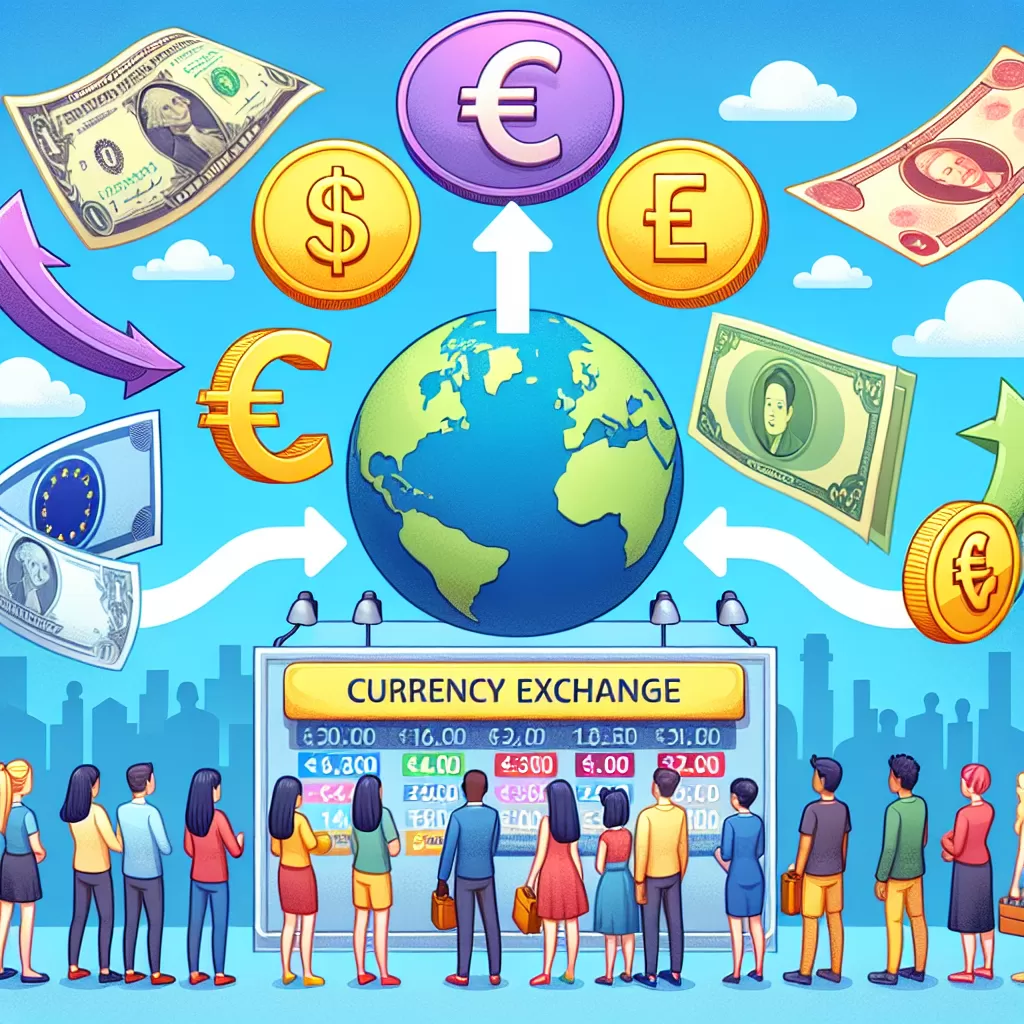How To Understand Currency Exchange

Introduction
Understanding the intricacies of currency exchange is akin to deciphering a complex puzzle, graced with fascination and challenges. From historical contexts to modern practices, the realm of currency exchange is an amalgam of economic theories, geopolitical stands, and market trends. Yet, regardless of its complexity, a profound understanding of this system is imperative for all - travellers, businessmen, or everyday citizens.
Basics of Currency Exchange
In essence, currency exchange is the process of changing one form of currency into another. The rate at which this change occurs is often fluctuating, dependent on several factors such as economic conditions, political climate, and market speculation. This rate is typically known as the exchange rate, a crucial element in the sphere of currency trading.
The Exchange Rate
The exchange rate is the value of one currency for the purpose of conversion to another. It represents how much of the second currency you can get for one unit of the first currency. It can either be fixed, set and maintained by the government's monetary authority, or floating, allowing the foreign exchange market (Forex) to determine its value. It's worth noting the Forex market, the largest and most liquid financial market globally, operates 24 hours a day, making currency exchange a constant process.
Impact of Macro-Economic Factors
Several macroeconomic factors can impact the fluctuations in the exchange rate. Inflation, interest rates, public debt, terms of trade, political stability, and economic performance are among these influencing variables. For instance, countries with consistently lower inflation rates tend to see an appreciation in the value of their currency, as their purchasing power increases relative to other currencies.
Understanding Currency Pairs
In the realm of currency exchange, the concept of currency pairs is fundamental. A currency pair consists of two different currencies, where the value of one is quoted against the other. Every pair is represented as 'BASE/QUOTE'. For example, in the pair USD/CAD, USD is the base currency, and CAD is the quote currency. The exchange rate depicts how many Canadian dollars (CAD) you will need to purchase one US dollar (USD).
Exchange Platforms
Today, several platforms offer currency exchange services- Traditional banks, Currency exchange bureaus, and Online platforms. While banks and bureaus often provide the convenience of physical interactions, online platforms have changed the landscape with their competitive rates and easy accessibility. However, it's essential to consider their credibility, exchange rates, and transaction charges before using their services.
Minimizing Exchange Fees
While necessary, exchange fees can quickly add up, particularly in frequent transactions. Comparing rates across different platforms, opting for platforms with lower fees, or even certain credit cards offering no foreign transaction fees, can save a significant amount of money. Additionally, avoiding airport and hotel exchanges, which often have higher rates, can also contribute to savings.
Conclusion
In the widespread landscape of global finance, currency exchange serves as a fundamental process orchestrating international trade, investments, and travel. Understanding the mechanics behind it unlocks not only opportunities for making informed decisions but also the ability to stride confidently in the global economic arena.